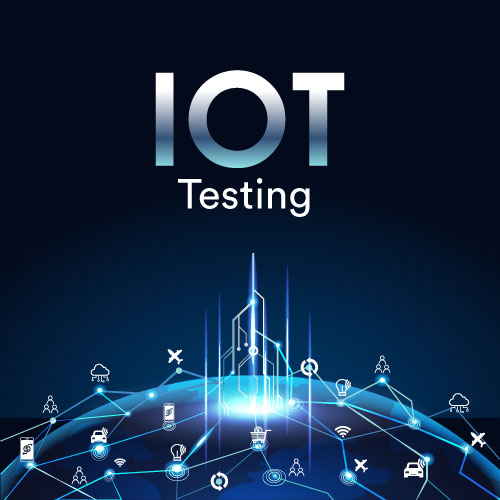
Technology
The Challenges of IoT Testing and Some Workable Solutions
Internet
of Things or IoT, in short, is defined as an internally connected system of several mechanical and digital devices, machines, objects.
These objects are even connected with human beings and animals that are assigned unique identifiers (UDIs). Further, they are given the provision to transfer data without having to execute any human to human or human to machine interaction.
Smart homes with AI assistants,
wearable digital devices like Apple Watch or Fitbit, digitally connected automatic cars, smart cities- all of these are typical examples of IoT devices that are fast becoming assimilated into the mainstream lifestyle of humankind. A study by Gartner says that by 2026, there will be over
20 billion IoT devices globally. However, all these devices to function as per the expectations, need to undergo rigorous software testing. However, the complexities involved with these devices make them challenging for QA professionals to test them.
Here are some of the most common challenges of testing IoT devices and their feasible solutions:
The problem of abundant platforms:
There
are way too many different types of software and hardware devices that
get connected. Each of these devices again, come with varying versions
of firmware and function in different types of operating systems. Thus,
it becomes a challenge to test all possible combinations of hardware and
software.
The viable solution: Rather
then trying to test every possible combination, it will be a more feasible solution, if testers define a proper subset by collecting information from users about which devices and software versions they are currently using. The next step would be to analyze them thoroughly so that they can find out which are the combinations that are mostly being used. Then they can streamline their focus on testing these more popular combinations and conduct small-scale tests on the less popular combinations.
The challenge with a vast number of communication protocols to test:
IoT
devices use several kinds of communication protocols to interact with each other as well as with the controllers. Among these different
protocols, the most common ones are Extensible Messaging and Presence
Protocol (XMPP), Message Queuing Telemetry Transport (MQTT) and
Constrained Application Protocol (CoAP), etc. Running detailed software tests, many protocols can prove to be a difficulty.
The workable solution: Usually,
a JavaScript Object Notation (JSON) or XML-based API is layered on top of the protocols so that the interaction between the devices and the developers becomes easy. Testers can use the protocols and APIs for conducting automated testing. The test design should be reliant on the
APIs and protocols that are in use, and the tool being used for testing must be able to support these protocols and APIs properly.
The issue of rising security threats:
In
the current scenario, an approximate 70% of IoT devices are at risk of
several security breaches. Therefore security-hole testing is one of the
top priorities when software testers are conducting IoT testing.
It was not long ago when a widely spread denial-of-service (DDOS)
attack on servers of Dyn had brought platforms like Twitter, PayPal, and
Spotify to a complete standstill. During this security breach, the
attackers had injected multiple vulnerable IoT devices with malware, and
that ended up causing massive traffic.
The practical solution: To
battle the rising security threats among IoT devices, software testing
professionals need to focus on the password policy of the devices and
ensure that the minimum requirements for passwords are built-in and
implemented in the devices. One of the most recommended practices in
this context would be a provision for the devices to ask for a changed
password upon first access and while designing automated tests, this
practice should be taken into consideration.
The problem of fast-paced data and heavy load:
IoT
devices rely heavily on speedy communication, and hence the network
status plays a significant role in the proper functioning of these
devices. Smart devices often come across network issues such as an
overburden of Wi-Fi channels, unreliable network hardware, or frequent
fluctuations in the network. Testers need to make sure that IoT devices and
programs are tested enough under these adverse conditions to make sure
that the response is quick without any loss of data.
The feasible solution: Most of the testing teams use network visualization to recreate different network conditions and corresponding responses. During the phase of
quality assurance, metric device systems like CPU and memory should be
kept under constant surveillance to make it function at its best.
Even
though with IoT comes a whole new range of complexity in software
testing as well as monitoring device performance, the broad business
prospects that come along with this innovation are fast taking over the
modern lifestyle. Therefore, testers are required to get accustomed to
newer platforms, tools, and techniques to make sure that they can tackle
the continually emerging challenges across IoT testing to provide the
best performance at the hand of the final consumer. Innovations in
testing tools and network infrastructure are helping the testing process
to cope up with this fast-changing face of technology.



0 Comments: